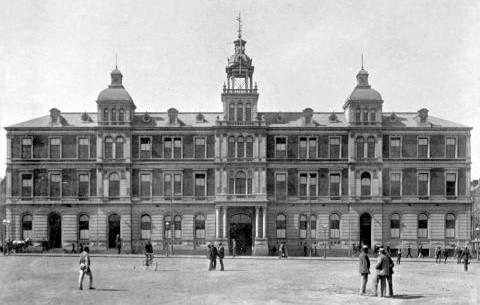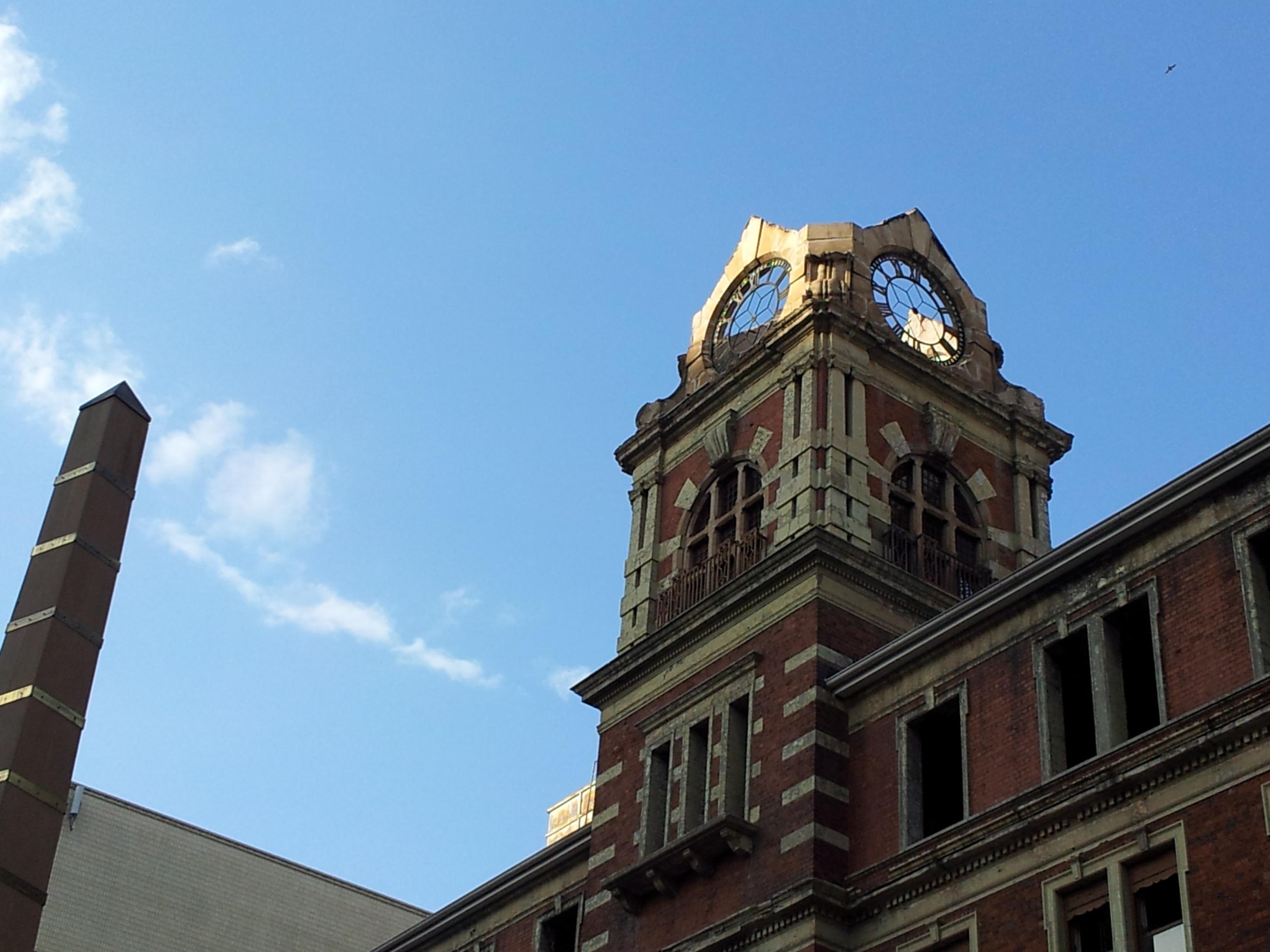
Disclaimer: Any views expressed by individuals and organisations are their own and do not in any way represent the views of The Heritage Portal. If you find any mistakes or historical inaccuracies, please contact the editor.
Seldom in life does one get an opportunity to take decisive action in what appears to be a major emergency. But let me recount one very small such moment in my own life. When I was a youngster growing up in Johannesburg a notable feature of life in the city was the weekly street collection, run by the City Council in order to assist worthy causes in raising funds. (The citizens of the city were astonishingly generous in aid of good causes but it was interesting to note that I, along with many other collectors, commonly observed that the least well-dressed donors were frequently the most generous – and the reverse.)
In the mid-50’s, when I was an engineering student at WITS, each year I volunteered to do a two-hour stint for that year’s collection in aid of the Epworth Children’s Home, run by the Methodist Church and situated on the Kensington-Germiston border. I therefore collected my ‘tin’ box (securely sealed with a steel wire crimped with a piece of lead to ensure that the money went into the box but couldn’t come out again!) from a side office in the City Hall and found that I had been assigned a point immediately in front of the main entrance to the Rissik Street Post Office – a most excellent position, especially as my two hours included the busy lunch hour when one could be sure that the post office would be very busy.
All went extremely well and my box – on the upper surface of which there was a slot for coins and a small circular hole for notes – began to become ever-heavier. I was starting to look forward to the end of my shift when suddenly behind and above me there was a loud roar and a heavy thud, accompanied by a cloud of dust and falling debris which filled the small entrance porch immediately below the clock tower. Floods of water started pouring down into the porch from the ceiling above and flowed on to the pavement via the steps, while at the same time a bell starting clanging loudly. People scattered in all directions. (Fortunately by chance at that moment nobody was either entering or leaving the post office.)
I immediately came to the conclusion that there had been an explosion somewhere inside the building and that this would surely be followed by a fire. But what should be done? This was of course long, long before cellphones became endemic – some would say epidemic – and I quickly checked and found that there was no public ’phone box (or ‘tickey box’ as it was then called after the 3d coin required to, hopefully, bring it to life) nearby. Suddenly I realised that on the wall at eye level right next to where I was standing was one of those small red fire alarm boxes on which appeared the instructions which I had read so many times as a boy: “In case of fire break glass, remove key, open box and pull down handle.” (It also said “Penalty for misuse £25”, or something similar.) As a little boy I had of course longed to follow those instructions but, sadly, like the vast majority of people I had never had cause to do so. But now I had both law and necessity on my side: this was my moment!.
Few things in life are as simple as they appear to be. I could see the key glinting at me inside its little glass housing but how to break the small, sturdy glass window? My collection box was too big and the coin I took out of my pocket just wouldn’t break it. Perhaps I was about to suffer a humiliating defeat at the hands of a small square of glass – and I an engineering student to boot. But help was at hand, for on the other side of the steps was a young shoeshine lad plying his trade. I grabbed something from him – I cannot now recall exactly what it was but I think that it was a small knife – and smashed the glass. I then, used the key to open the box and, with a great sense of excitement and eager anticipation, reached into the box and pulled down the handle.
Meanwhile the water continued to pour down, and the bell to clang loudly but no ashen-faced, panic-stricken post officials appeared from within the building. There was much chattering and speculation from the excited crowd which had gathered by this time – but nothing else. Perhaps the alarm was not working? Was the post office really going to burn down? Would there perhaps be a second explosion? Would I now be liable for prosecution? And then very suddenly great things did start to happen. The Central Fire Station was only a few blocks away in Eloff Street south and very soon the sounds of sirens and resonating klaxons could be heard. Within an astonishingly short space of time a fleet of large fire engines, led by an equally red fire car, came swinging around the corner and into Rissk Street, travelling against the flow of traffic. They braked sharply and a small army of black-coated, helmeted firemen jumped off and out of the engines and pounded into the building at great speed. They clearly were in a state of high anxiety and I presume that when the dispatcher at the fire station saw on his indicator board that the alarm which had been activated was situated on one of the most important buildings in the whole city it was realised that the situation called for rapid, concentrated action and the station went straight into overdrive.
I had by now realised that the building was not actually on fire and perhaps I should quietly withdraw from the scene of the action. The crowd were too excited by the whole incident to continue donating to any causes, however good, so I moved along to the corner of the block, where I continued soliciting cheerfully until my shift was over and I had to return my tin to the authorities.
Rissik Street Post Office Clock Tower (The Heritage Portal)
And what had actually happened? In The Star the following evening was a photograph of the front of the post office, with a mysterious vertical dotted white line which started about halfway up the clock tower and ended in the entrance porch. The accompanying text explained that the line represented the path of one of the large steel weights that drove the clock in the tower and that this had come off the end of the steel cable on which it was suspended. On its descent it had crashed straight through two offices – mercifully unoccupied as it was lunch hour – before coming to a violent rest on the floor of the entrance porch. And the flood of water? This had been caused by the steel weight severing a water main on its earthward journey. The article also mentioned that a ‘quick-witted bystander’ had set off the alarm! A week or so later I visited the post office and, sure enough, the tiled floor of the entrance porch showed signs of the damage where the descending weight ended its downward journey. I wonder whether the indentation is still visible some sixty years later? It would be nice to know . . .
Peter Spargo - 11 July 2014
Comments will load below. If for any reason none appear click here for some troubleshooting tips. If you would like to post a comment and need instructions click here.

